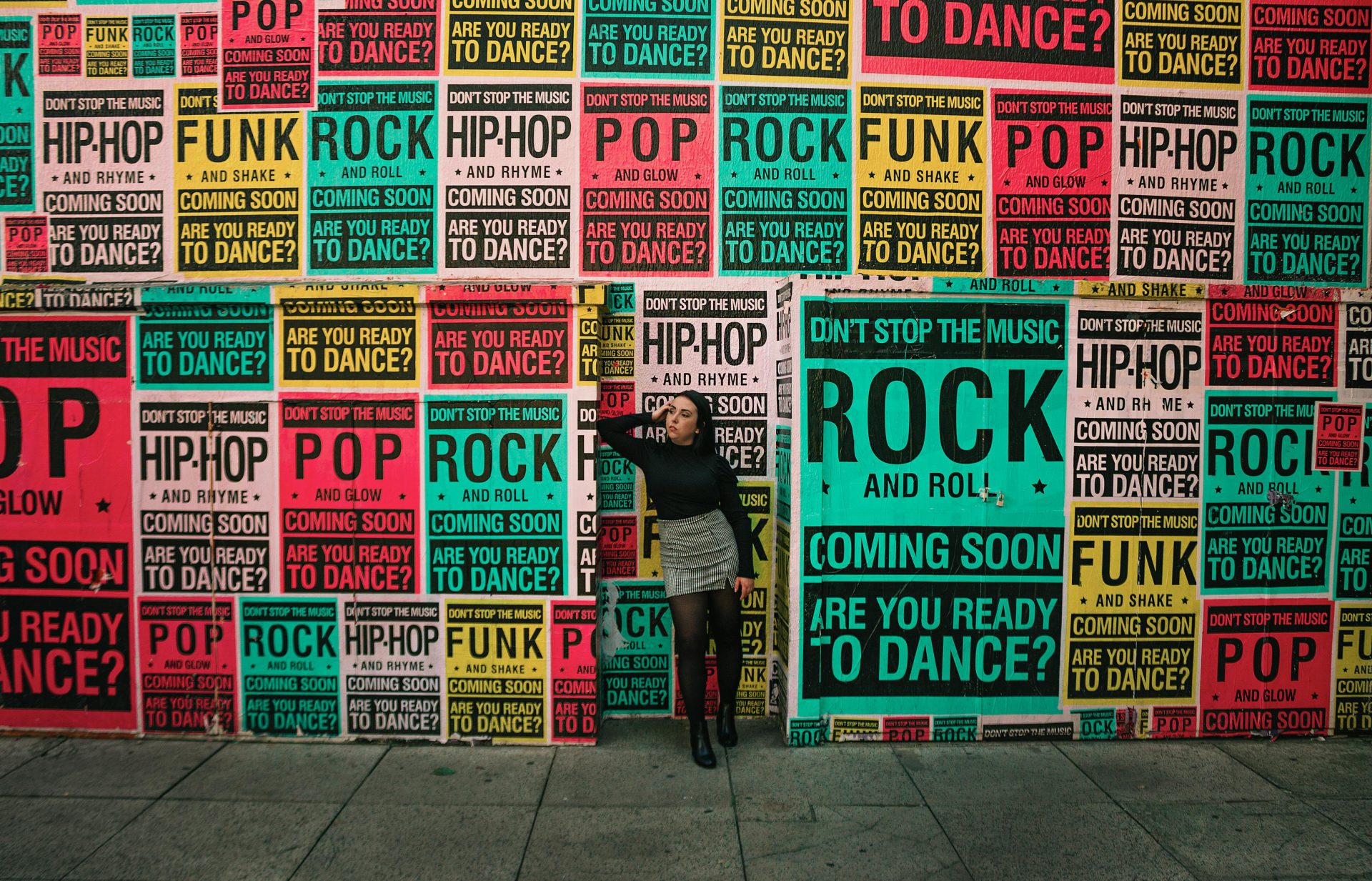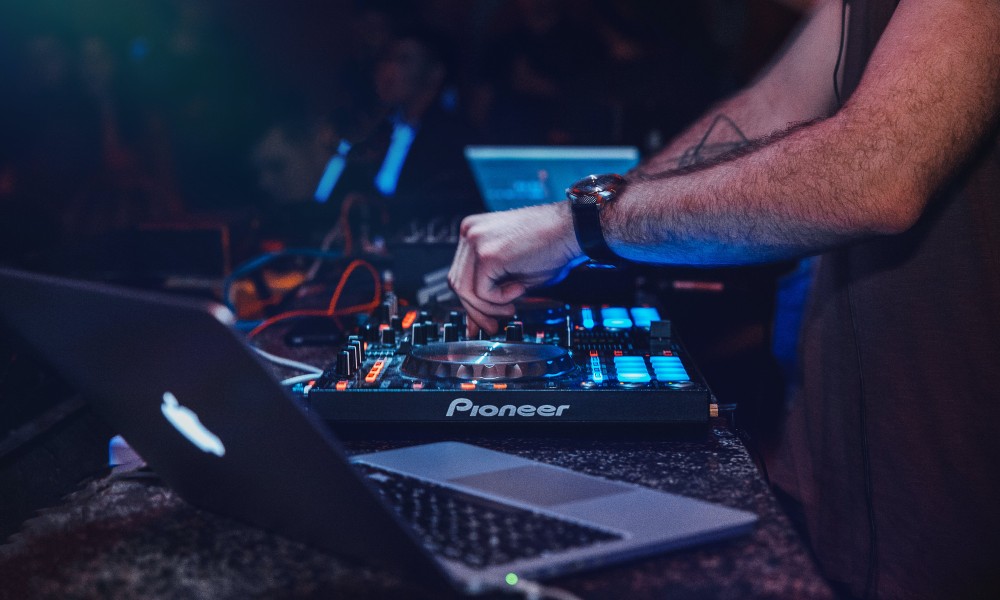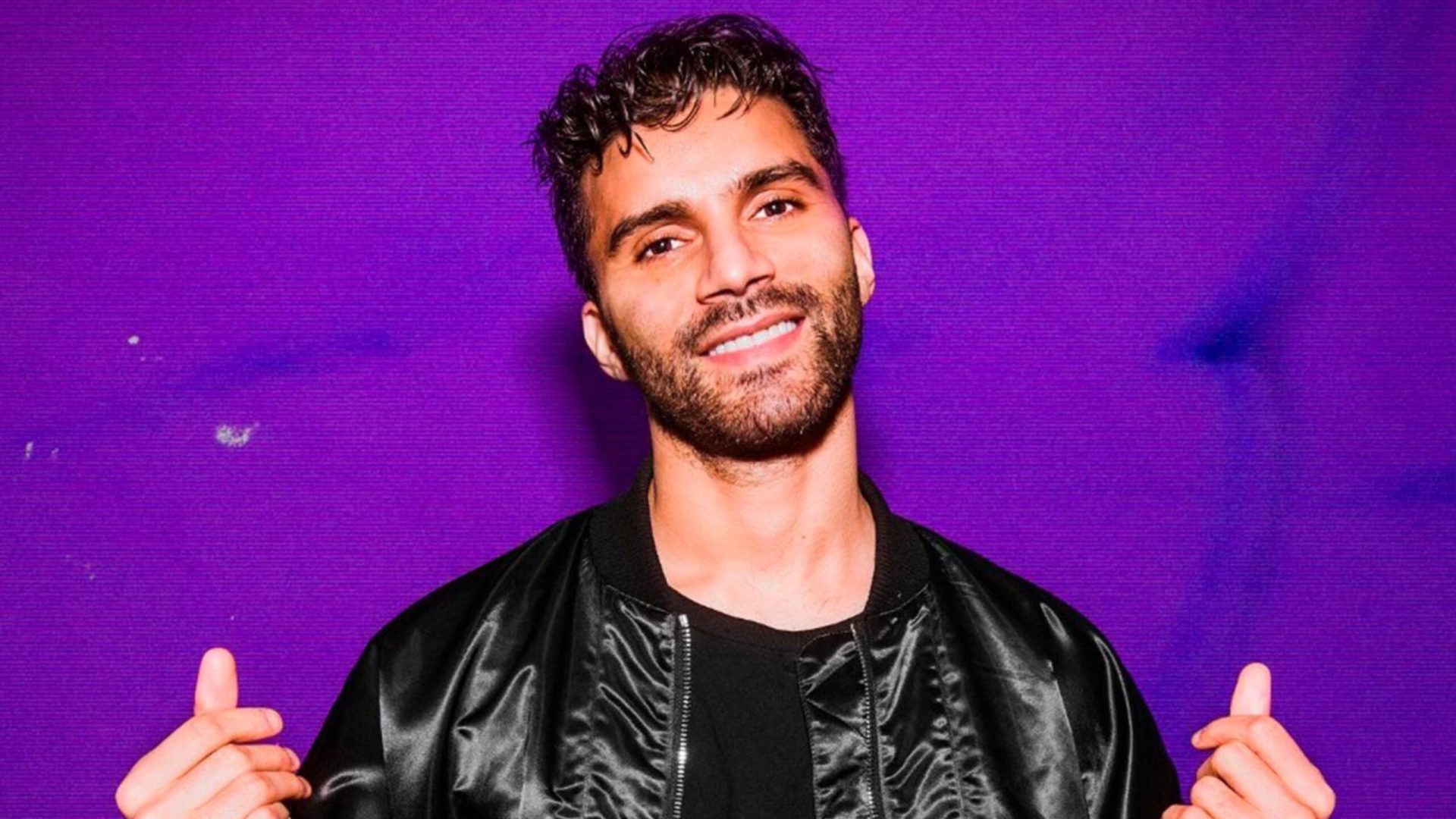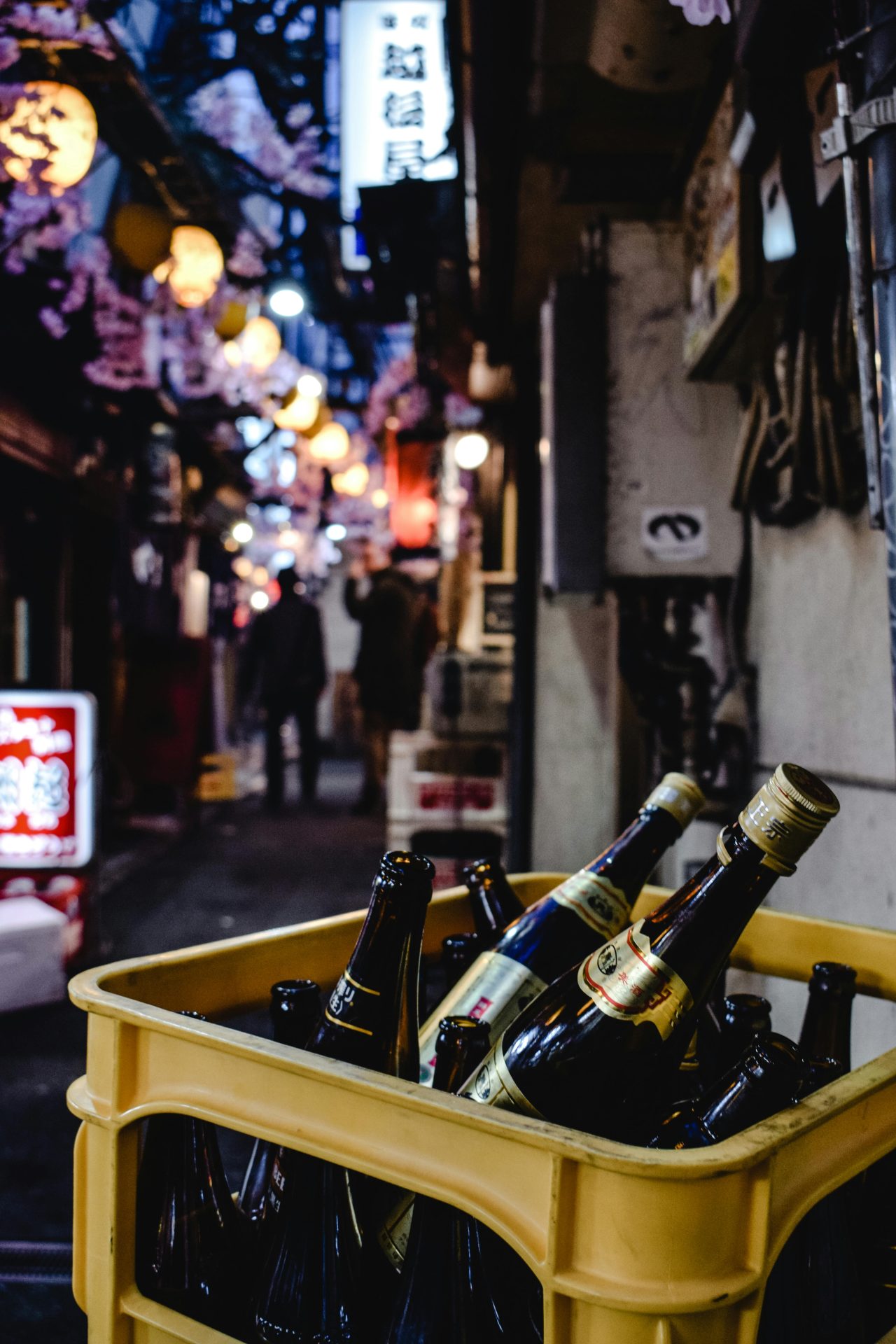Electronic music has undergone a remarkable transformation over the last few decades, evolving from the experimental sounds of the 20th century to a dominant force in today’s music scene. This evolution has not only diversified the genre but has also paved the way for a new generation of artists who are pushing the boundaries of sound and creativity. From the early pioneers like Kraftwerk and Brian Eno, who explored the sonic possibilities of synthesizers and tape machines, to the explosive rise of EDM (Electronic Dance Music) in the 2010s, electronic music has always been at the forefront of innovation.
The 21st century has seen the rise of digital technology, which has fundamentally altered how music is produced, distributed, and consumed. Access to affordable music production software and hardware has democratized the music-making process, allowing aspiring artists from various backgrounds to create and share their work with the world. This accessibility has led to an explosion of new sounds, subgenres, and communities within electronic music, reflecting the diverse influences and experiences of contemporary artists.

In recent years, we have witnessed a wave of emerging electronic music artists who are redefining the genre by incorporating elements from various styles such as hip-hop, R&B, pop, and experimental music. These artists are not just creating tracks for the dancefloor; they are crafting sonic experiences that challenge traditional notions of electronic music and resonate with a broader audience. As the genre continues to evolve, it is essential to spotlight these new voices that are shaping the future of electronic music.
The Rise of Bedroom Producers
One of the most significant trends in the current electronic music landscape is the emergence of bedroom producers, who create music from the comfort of their homes. This phenomenon has been made possible by advancements in technology, particularly the availability of digital audio workstations (DAWs) like Ableton Live, FL Studio, and Logic Pro. These tools enable artists to compose, record, and mix music without the need for expensive studio time.
Bedroom producers have a unique advantage: they often draw inspiration from their personal experiences and surroundings, resulting in fresh and authentic sounds. This intimacy can be heard in their music, which often reflects the complexities of modern life, emotional struggles, and the search for identity. Many of these artists have gained recognition through platforms like SoundCloud, Bandcamp, and YouTube, where they can share their work directly with listeners and build dedicated fanbases without the backing of traditional record labels.
Notable bedroom producers like Finneas O’Connell, who has worked extensively with his sister Billie Eilish, exemplify how these artists can achieve significant success while maintaining creative control over their work. Finneas’s production style is characterized by its minimalism, intricate layering, and emotional depth, setting a precedent for other emerging artists to follow. As the lines between producer and artist blur, we can expect even more innovation from this growing community.
Genre-Blending and Experimental Sounds
The modern electronic music scene is marked by a willingness to experiment and blend genres. Emerging artists are not confined to a single style; instead, they draw from a wide array of influences to create unique sonic landscapes. This genre-blending approach reflects the increasingly interconnected world we live in, where cultural exchange is facilitated by technology and social media.
Artists like Yaeji and Sofi Tukker exemplify this trend, as they seamlessly incorporate elements from house, pop, hip-hop, and world music into their work. Yaeji, for example, is known for her ability to mix English and Korean lyrics in her songs, creating a cross-cultural dialogue that resonates with diverse audiences. Her music combines catchy beats with introspective lyrics, inviting listeners to connect on both a sonic and emotional level.
Sofi Tukker, on the other hand, draws inspiration from their travels, integrating sounds and rhythms from various cultures into their tracks. Their debut single “Drinkee,” which features Brazilian poetry and infectious dance beats, is a testament to their genre-blurring ethos. By embracing a wide range of influences, these artists are not only expanding the boundaries of electronic music but also inviting listeners to experience new cultures and perspectives through sound.
The Role of Technology and Social Media
Technology and social media play a pivotal role in the rise of emerging electronic music artists. In a landscape where traditional music marketing methods are rapidly evolving, platforms like Instagram, TikTok, and Twitter have become essential tools for artists to promote their music and connect with fans. These platforms allow artists to share snippets of their work, behind-the-scenes content, and personal stories, fostering a sense of community and engagement with their audience.
TikTok, in particular, has revolutionized music discovery, with countless tracks going viral through dance challenges and trends. Emerging artists have harnessed this platform to showcase their music, gaining exposure and building followings in ways that were previously unimaginable. For instance, tracks from artists like Olivia Rodrigo and Lil Nas X gained massive popularity through TikTok before becoming mainstream hits. This demonstrates how electronic music artists can leverage social media to reach broader audiences and create viral moments.

Moreover, technology has facilitated collaboration across geographical boundaries. Artists can now work together remotely, exchanging ideas and sounds through the internet. This collaborative spirit is evident in projects like ODESZA’s “A Moment Apart,” which features contributions from various artists around the globe, blending their unique styles into a cohesive body of work. As technology continues to evolve, we can expect even more innovative collaborations that push the boundaries of electronic music.
Spotlight on Emerging Artists
As the electronic music scene expands, a new wave of talent is emerging, ready to captivate audiences with their innovative sounds and unique perspectives. Artists like Blanck Mass, Ellen Allien, and Shlohmo are redefining the landscape with their boundary-pushing compositions.
Blanck Mass, the solo project of Benjamin John Power from the duo Fuck Buttons, explores the darker and more experimental side of electronic music. His work often incorporates elements of drone, noise, and ambient soundscapes, creating immersive listening experiences that challenge conventional song structures. Blanck Mass’s ability to evoke powerful emotions through sound has garnered him a dedicated following among fans of experimental music.
Ellen Allien, a prominent figure in the Berlin electronic scene, has been instrumental in shaping the techno genre. With her distinct sound that blends techno with elements of IDM and house, she continues to push the envelope and explore new sonic territories. Her label, BPitch Control, has been a launching pad for numerous emerging artists, showcasing the depth and diversity of electronic music. Allien’s commitment to nurturing new talent reflects the collaborative nature of the electronic music community.
Shlohmo, known for his moody and atmospheric sound, has gained recognition for his unique approach to production. His ability to blend R&B influences with electronic music has resulted in a signature style that resonates with listeners seeking something fresh and introspective. As Shlohmo continues to evolve his sound, he remains an essential figure in the new generation of electronic artists.
The Future of Electronic Music
The future of electronic music is bright, as emerging artists continue to challenge norms and explore new sonic possibilities. With each passing year, we witness the emergence of innovative sounds, unique collaborations, and boundary-pushing compositions. The genre is poised to evolve further, incorporating influences from a myriad of styles and cultures, leading to an even richer tapestry of sound.
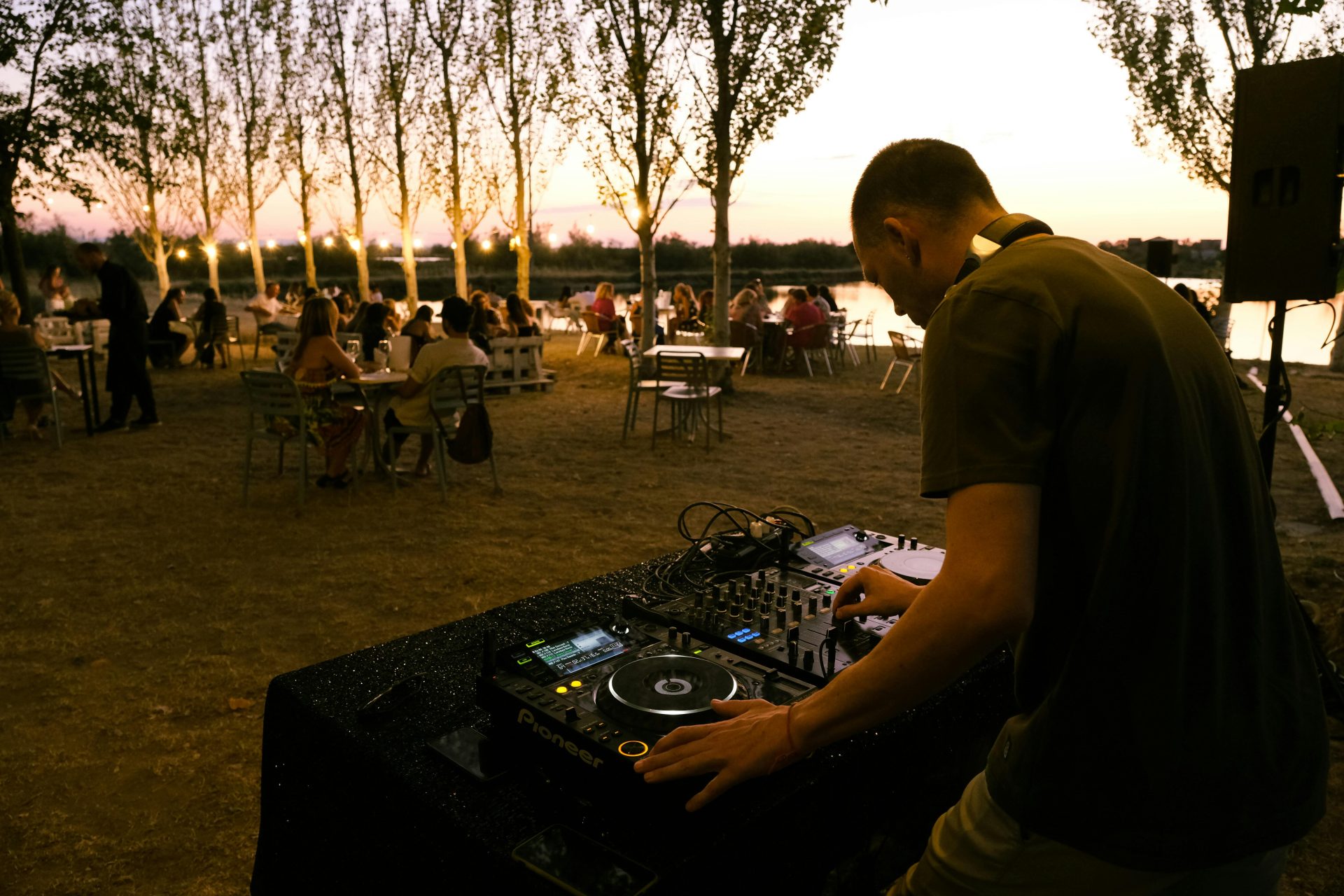
As electronic music continues to permeate mainstream culture, it is essential to recognize and celebrate the contributions of emerging artists. These individuals are not only shaping the sound of the future but also creating spaces for diverse voices and perspectives within the genre. The inclusivity and openness of the electronic music community foster an environment where creativity can thrive, paving the way for new ideas and approaches.

